The Ultimate Guide to Inbound vs Outbound Marketing in 2026
Welcome to the world of marketing, where the constant battle between inbound and outbound strategies rages on. As a marketer, it's crucial to understand the nuances of these approaches and how they can work together to drive maximum impact for your business.
Inbound and outbound marketing are two distinct strategies used to acquire customers, with inbound focused on creating content to attract an audience and outbound interrupting daily life with ads.
This ultimate guide will take you on a journey through the realms of inbound vs outbound marketing in 2026, exploring their differences, advantages, disadvantages, and how to combine them for maximum effectiveness. So buckle up, and let's dive in!
Understanding Inbound and Outbound Marketing
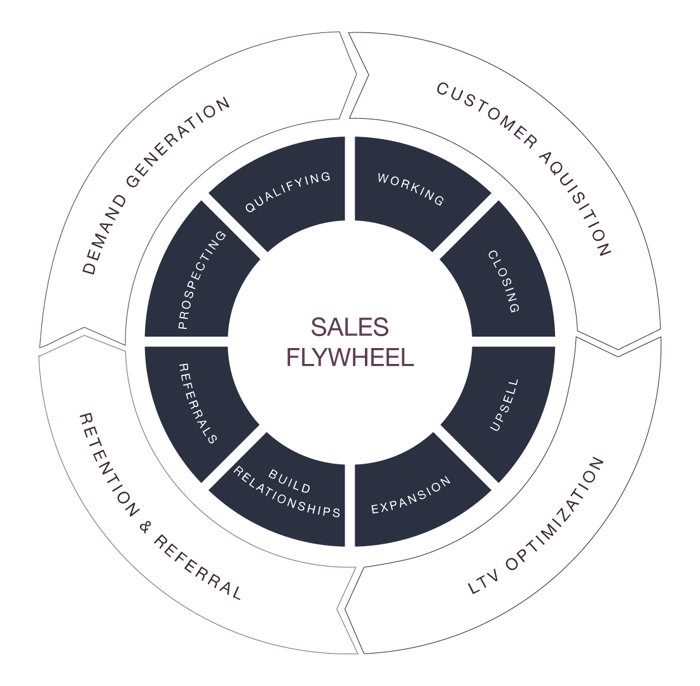
Inbound and outbound marketing are two critical approaches to customer acquisition, each with its distinct characteristics and objectives. Inbound marketing primarily focuses on creating valuable content to attract and engage a specific target audience, while outbound marketing aggressively reaches out to a broader audience by interrupting their daily lives with advertisements and promotional messages.
Most marketers employ a combination of inbound and outbound marketing strategies to create effective marketing campaigns, catering to the ever-evolving needs and preferences of their potential customers. While inbound marketing can generate higher quality leads and a better return on investment (ROI), outbound marketing can quickly spread brand awareness and target a larger customer base.
Inbound Marketing Explained
Inbound marketing is centered around content creation and distribution. Coined by Brian Halligan and Dharmesh Shah, founders of HubSpot, the term refers to the process of generating high-value content that appeals to a specific target audience and encourages them to engage with your brand.
In short, inbound marketing methodology governing inbound marketing channels such as a sales-ready website, pillar blog posts, infographics, videos, and other downloadable lead magnets and lead nurturing workflows designed to capture the attention of potential customers and guide them through the marketing and sales funnel.
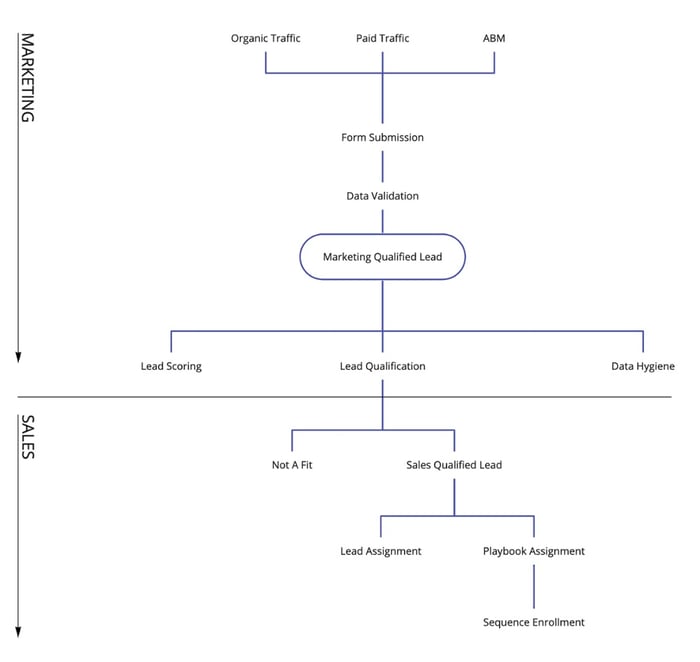
The inbound marketing methodology is all about creating and sharing relevant content that prospects can access through search engines, social media, or email opt-ins. This approach aims to guide potential customers through the inbound buying journey with a consistent message, ultimately leading to conversion and retention. In fact, more than 60% of sales professionals rely exclusively on inbound channels, highlighting its effectiveness in the digital age.
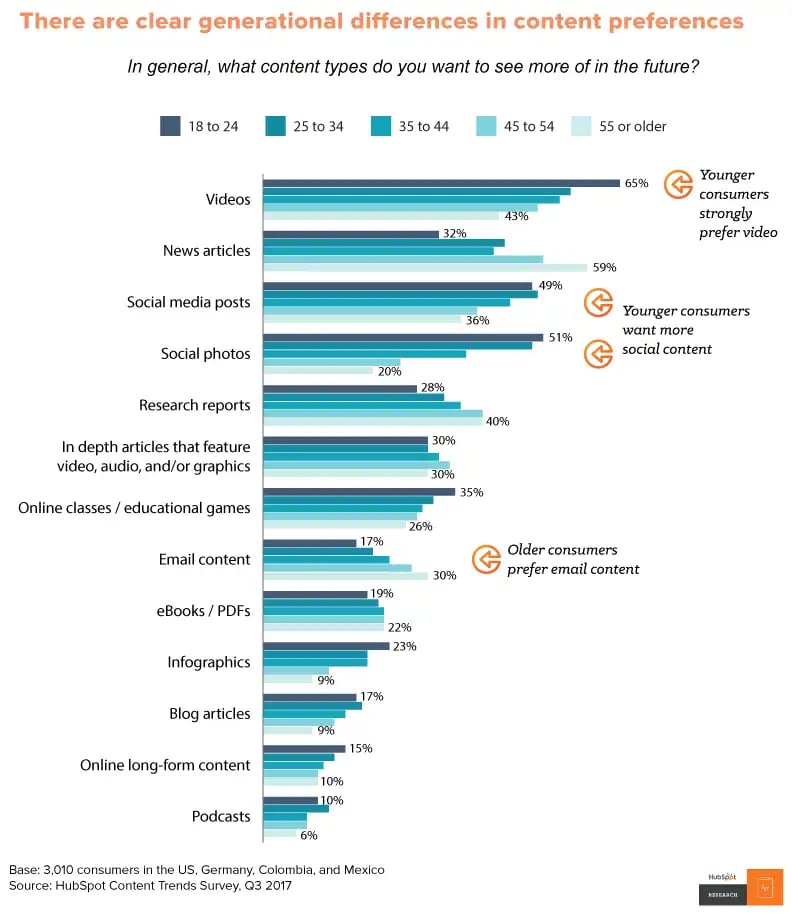
Outbound Marketing Defined
New school outbound marketing channels include hyper personalized Outbound marketing, on the other hand, is a more traditional approach to marketing where businesses actively promote their products or services through various channels such as TV ads, cold calling, direct mail, and print ads. The primary objective of outbound marketing is to initiate a dialogue with potential customers, often through interruptive methods.
Multichannel outbound marketing campaigns leverage:
-
Messaging Across Entire Stakeholder Map
-
Multi-Channel Outreach & Awareness Campaigns
-
Leverage Buyer Intent Data & Website Visitor ID
-
Follow-ups For Sales Reps Via Phone, Email & LinkedIn
Although outbound marketing can be more expensive and less targeted than inbound marketing, it still offers some advantages. For example, it can quickly raise brand visibility, target specific customer personas, and provide real-time tracking for sales and marketing teams. However, the challenge lies in effectively reaching prospects in an increasingly competitive market.
Key Differences Between Inbound and Outbound Marketing
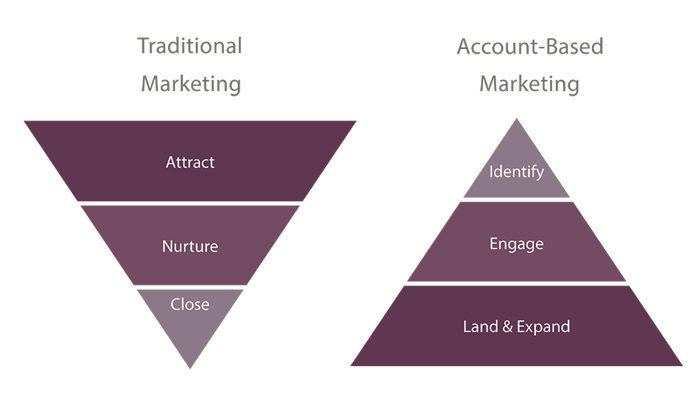
Inbound and outbound marketing differ in terms of their approach, targeting, and metrics. Inbound marketing is tailored to specific audiences and focuses on attraction, while outbound marketing is broad-based and interruption-oriented. In terms of metrics, inbound marketing ROI is difficult to track, whereas outbound marketing's ROI is more measurable.
In the following sections, we will delve deeper into these key differences.
Approach: Attraction vs Interruption
The concept of attraction vs interruption highlights the fundamental difference between inbound and inbound or outbound marketing here. Inbound marketing revolves around creating persona-driven content to a much smaller audience. Through sharing insights they find value in, you are framing you and your company as a trusted advisor. Your companies hindsight experiences that draw in potential customers, while outbound marketing disrupts and captures their attention with ads and promotional messages.
Inbound marketing relies on the creation of valuable content that prospects actively seek out, whereas outbound marketing interrupts their daily lives with advertisements, cold calls, and other promotional materials. This fundamental difference between outbound and inbound marketing approach has a significant impact on how businesses engage with their target audience and, ultimately, the effectiveness of their marketing campaigns.
Targeting: Specific vs Broad Audiences
Inbound marketing targets specific audiences to create content for by focusing on creating content that appeals to their interests and needs. By providing valuable content, inbound marketing attracts potential customers and nurtures them through the marketing funnel, ultimately leading to higher quality leads.
On the other hand, outbound marketing casts a wider net, attempting to reach as many people as possible. While this approach can increase brand awareness, it often results in less targeted messaging attracting potential customers, making it less effective in terms of lead generation and conversion rates.
Metrics and ROI: Measurable vs Difficult to Track
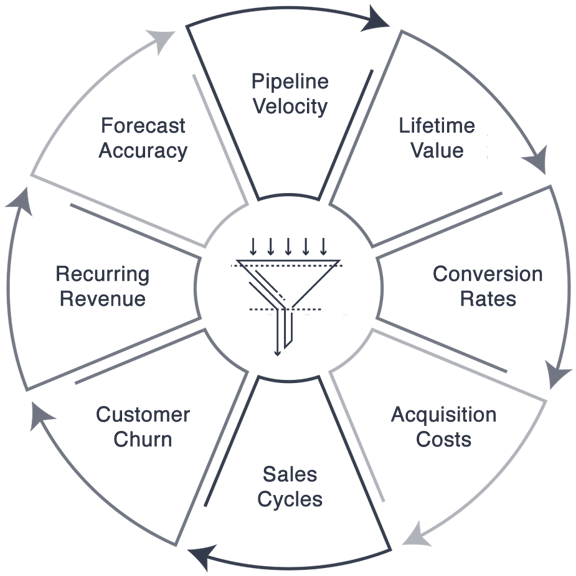
Metrics and ROI play a crucial role in evaluating the effectiveness of inbound and outbound marketing campaigns. Inbound marketing metrics focus on engagement and lead generation, while outbound marketing metrics prioritize reach and impressions. Studies have shown that inbound marketing has a higher ROI than outbound marketing, with inbound leads being more cost-efficient and yielding more leads per dollar spent.
However, the return on investment for inbound marketing can be difficult to monitor, as it often takes time for content to gain traction and generate leads. Outbound marketing, on the other hand, can provide more immediate results in terms of reach and impressions, with a more quantifiable ROI.
This distinction in metrics and ROI highlights the importance of leveraging both inbound and outbound marketing strategies to achieve the best results push marketing can.
Pros and Cons of Inbound Marketing
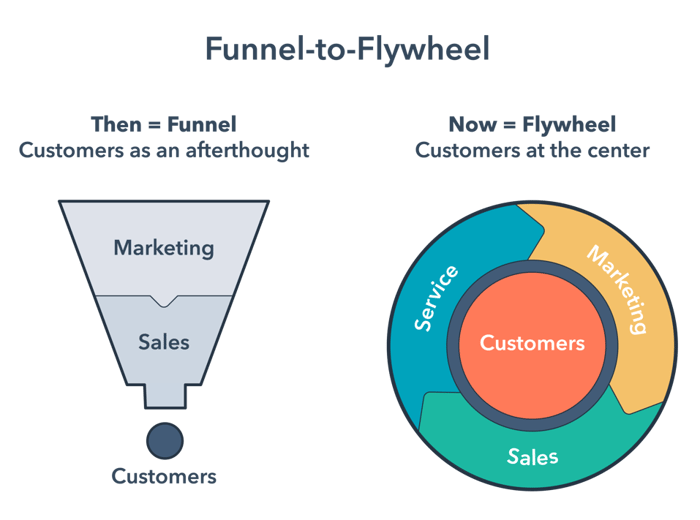
Inbound marketing offers several advantages, such as cost-effectiveness, higher quality leads, and better brand awareness. However, it also has its drawbacks, such as the time investment required and the difficulty in scaling.
In the following sections, we will explore the advantages and disadvantages of inbound marketing in greater detail.
Advantages
Inbound marketing is highly cost-effective compared to outbound marketing. By focusing on creating valuable content that appeals to a specific target audience, businesses can generate higher quality leads that are more likely to convert into customers. Additionally, inbound marketing helps build long-term brand recognition by providing educational content that establishes a company as an industry leader and trusted resource.
Another key advantage of inbound marketing is its measurability. By utilizing digital marketing tools and analytics, businesses can monitor the performance of their inbound marketing campaigns, optimize their content for search engine visibility, and track the impact of their efforts on lead generation and conversions.
Disadvantages
While inbound marketing offers numerous benefits, it also has its shortcomings. One notable drawback is the significant time investment required to create, distribute, and optimize content. Inbound marketing campaigns often take time to gain traction and generate leads, which can be challenging for businesses that require immediate results.
Furthermore, scaling inbound marketing efforts can prove difficult, as it necessitates ongoing maintenance, significant resources, and a comprehensive strategy. As a result, businesses relying solely on inbound marketing may struggle to achieve rapid growth and may need to explore complementary outbound marketing strategies to maximize their effectiveness.
Pros and Cons of Outbound Marketing
Outbound marketing, while more than traditional marketing, still has its place in the marketing world. Offering advantages such as quick results, scalability, and control over the message, outbound marketing can be an effective tool for businesses.
However, it also has its drawbacks, such as being expensive and intrusive. In this section, we will delve deeper into the pros and cons of outbound marketing.
Advantages
One of the main benefits of outbound marketing is the ability to achieve quick results. Unlike inbound marketing, which can take time to generate leads, outbound marketing campaigns can be launched quickly and yield immediate results in terms of reach and impressions. Additionally, outbound marketing offers scalability, allowing businesses to expand their efforts as needed to reach a larger audience and drive sales.
Outbound marketing also provides businesses with control over the message they want to convey to their target audience.
By utilizing channels such as TV ads cold email,, direct mail, and print ads, businesses can ensure their message reaches the right audience and resonates with potential customers, helping to drive brand recognition and conversions.
Disadvantages
Despite its advantages, the outbound marketing strategy has some notable drawbacks. One of the main disadvantages is the cost. Outbound marketing campaigns, such as TV, radio, and print ads, often require a substantial budget, making them less cost-effective than inbound marketing strategies.
Moreover, outbound marketing can be intrusive, as it relies on interrupting people with ads and promotional messages rather than allowing them to discover the persona-driven content, across the buyer's journey, on their own timeline and terms. This can lead to irritation and a negative perception of the brand, ultimately diminishing the effectiveness of the outbound marketing relies or campaign.
Top Inbound Marketing Channels
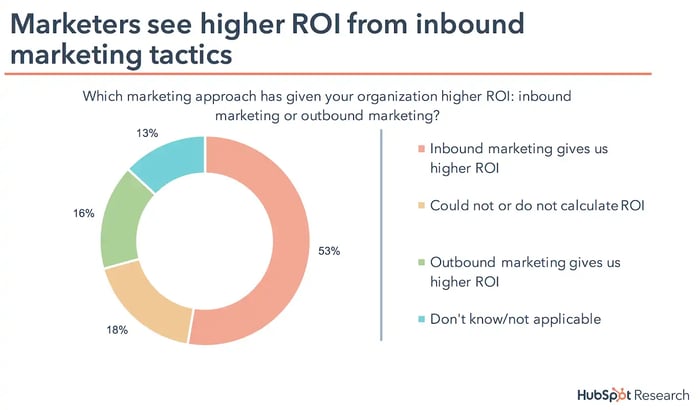
Popular inbound marketing channels include search engine optimization (SEO), content marketing, social media, and email marketing. These channels allow businesses to create and distribute valuable content that attracts and engages their target audience, ultimately leading to higher quality leads and conversions.
SEO, in particular, is crucial for ensuring that your content is easily discoverable by potential customers searching for information related to your products or services. Content marketing, on the other hand, focuses on generating high-quality content that resonates with your target audience and builds trust.
Social media and email marketing are additional inbound marketing channels that can be leveraged to distribute your content and engage with your audience, further amplifying the impact of your inbound marketing efforts.
Top Outbound Marketing Channels
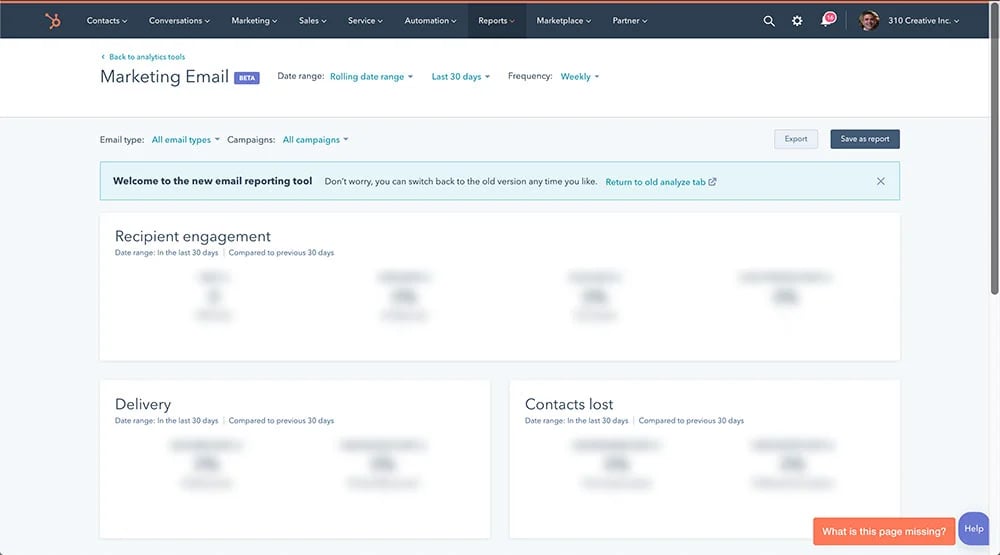
Common outbound marketing channels include TV and physical advertising, radio ads, cold calling, direct mail, and pay-per-click (PPC) ads. These channels allow businesses to actively promote their products or services to a broad audience, capturing their attention and driving brand awareness.
While these channels can be more expensive than inbound marketing strategies, they can provide quick results and enable businesses to target specific customer personas. By carefully selecting and tailoring their outbound marketing campaigns, businesses can achieve maximum impact and drive conversions.
Combining Inbound and Outbound Marketing for Maximum Impact
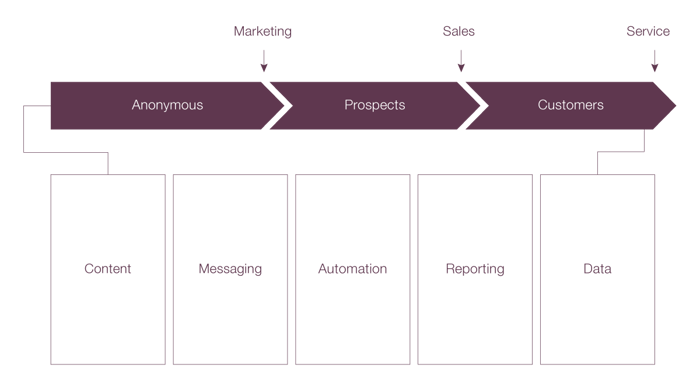
Integrating inbound and outbound marketing strategies can help maximize impact by balancing short-term and long-term goals, leveraging strengths, and overcoming weaknesses. By understanding the unique advantages and disadvantages of each approach, businesses can develop a comprehensive marketing strategy that drives growth and success.
In the following sections, we will explore how to effectively combine inbound and outbound marketing for maximum impact.
Balancing Short-term and Long-term Goals
Maintaining a balance between short-term and long-term goals is crucial when combining inbound and outbound marketing strategies. Outbound marketing can provide immediate results, helping businesses achieve their short-term objectives, while inbound marketing can help establish long-term ROI by building brand recognition and generating high-quality leads over time.
By strategically combining these marketing approaches, businesses can plan for both immediate and future objectives, ensuring that their marketing efforts are well-rounded and effective. This balance between short-term and long-term goals can help businesses achieve sustained growth and success in the competitive landscape.
Leveraging Strengths and Overcoming Weaknesses
Combining inbound and outbound marketing strategies allows businesses to capitalize on the strengths of each approach while addressing their weaknesses. Inbound marketing, for example, can be slow to generate leads, but offers a superior digital experience and encourages long-term branding advantages.
Outbound marketing, on the other hand, can target a larger audience but is a more efficient short-term solution with higher long-term expenses.
By integrating both strategies, businesses can leverage the strengths of inbound marketing, such as content creation and SEO, while employing outbound marketing to address weaknesses such as limited reach and difficulty in tracking ROI. This integrated approach can help businesses optimize their marketing efforts and drive growth.
Implementing Inbound and Outbound Marketing Strategies with Digital Marketing Software

Digital marketing software can be a powerful asset for businesses looking to implement both inbound and outbound marketing strategies. These tools and platforms enable businesses to automate, optimize, and track their marketing initiatives across digital channels, such as content management systems, SEO tools, marketing automation systems, and social media marketing tools.
By utilizing digital marketing software, businesses can effectively create, distribute, and optimize content for their inbound marketing campaigns, while also managing and tracking the performance of their outbound marketing efforts. This can help businesses achieve a more comprehensive and effective marketing strategy, ultimately driving growth and success.
Case Studies: Success Stories of Inbound and Outbound Marketing Integration
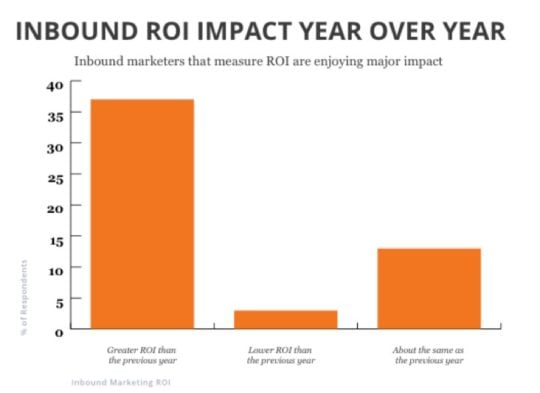
Case studies of successful companies demonstrate the power of combining inbound and outbound marketing strategies for maximum impact. When businesses integrate both approaches, they have achieved impressive results, such as increased brand awareness, higher quality outbound leads, and improved ROI.
For example, San Jose startups have employed both inbound and outbound marketing strategies to drive rapid growth and expansion. By leveraging the strengths of each approach and addressing their weaknesses, these businesses have been able to achieve both short-term and long-term objectives, ultimately driving success.
Another example includes companies that have utilized various inbound marketing tactics, such as content marketing and SEO, alongside targeted outbound marketing efforts to expand their reach and drive sales.
These case studies underscore the significance of integrating both inbound and outbound marketing strategies to achieve the greatest impact. When a company adeptly manages the equilibrium between short-term, outbound marketing priorities and long-term objectives, harnesses its strengths, and addresses its weaknesses, it can maximize its marketing endeavors and attain enduring success in the highly competitive business environment.
Inbound vs Outbound Takeaways
In conclusion, understanding the nuances of inbound and outbound marketing strategies and how they can work together is essential for businesses looking to drive growth and success.
By integrating these approaches, businesses can maximize their impact, balance short-term and long-term goals, and leverage strengths while overcoming weaknesses.
With the help of digital marketing software, businesses can effectively implement both inbound and outbound marketing strategies, ultimately leading to a more comprehensive and successful marketing campaign. So, why not harness the power of both inbound and outbound marketing tactics to propel your business to new heights?
Inbound vs Outbound Questions
What is difference between inbound and outbound?
Inbound and outbound sales differ in terms of who initiates the contact. An shift from outbound to inbound sales is the key difference. Outbound methodology goes after a broader stake holder map, with surgical message to each stake holder. Conversely, inbound deals typically begin when a form submissions from your website meets the criteria of your companies ideal customer profile.
Inbound logistics involve moving raw materials or inventory from suppliers to a business, while outbound logistics involve transporting finished products from a business to customers. Inbound call centers are responsible for taking incoming calls from existing customers while outbound call centers make outgoing calls to potential shoppers.
Finally, inbound marketing is all about creating content that attracts people to the business's website while outbound marketing involves actively reaching out to consumers.
What are examples of inbound and outbound?
Inbound and outbound marketing are two different approaches to customer engagement. Inbound marketing focuses on attracting customers to your brand, while outbound marketing involves actively reaching out to target audiences.
Examples of inbound marketing include content creation such as blogs, social media posts, and email campaigns; while outbound marketing may include cold calling, advertising, and direct mail.
What is inbound and outbound in company?
Inbound sales involves customers responding to proactive offers paid advertising and marketing from a company, while outbound sales is the act of actively engaging customers and introducing them to new products or services.
Both are important for companies seeking to generate sales growth, as each has its own advantages.
Which is better inbound or outbound?
Overall, inbound calls are the preferable option for businesses as they offer a chance to build relationships with customers without being intrusive.
Outbound calls can still be useful, but should be handled carefully to ensure customers do not feel put off.
What is the key difference between inbound and outbound?
The key difference between inbound and the outbound marketing examples is that inbound calls involve incoming calls from customers, whereas outbound calls involve the company making outgoing calls to shoppers. Inbound calls tend to be more focused on providing customer support, while outbound calls typically focus on generating sales.


